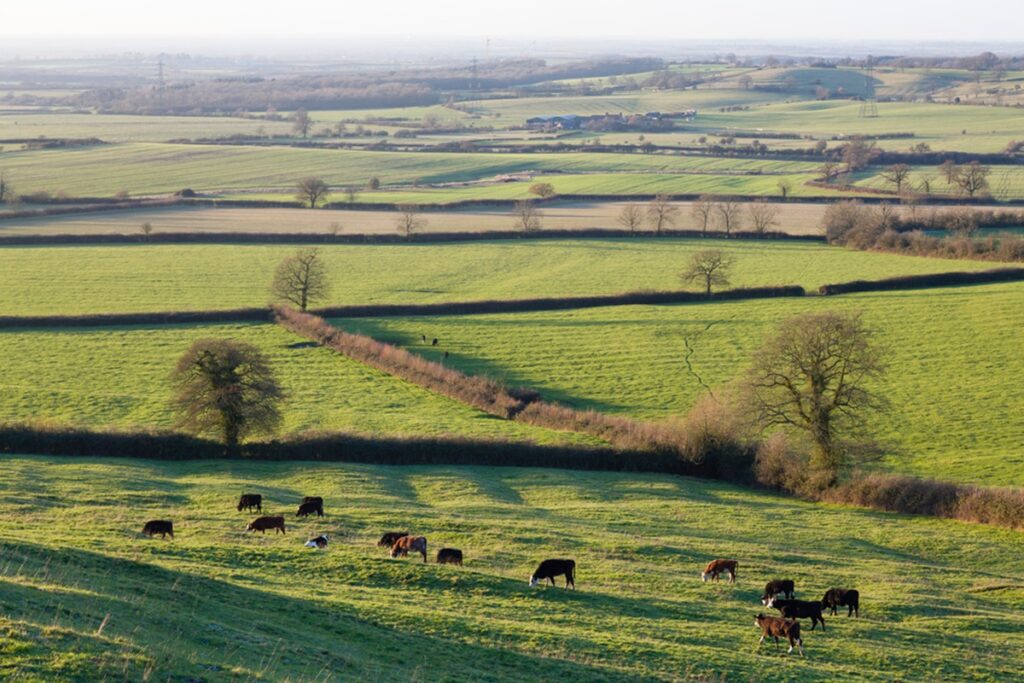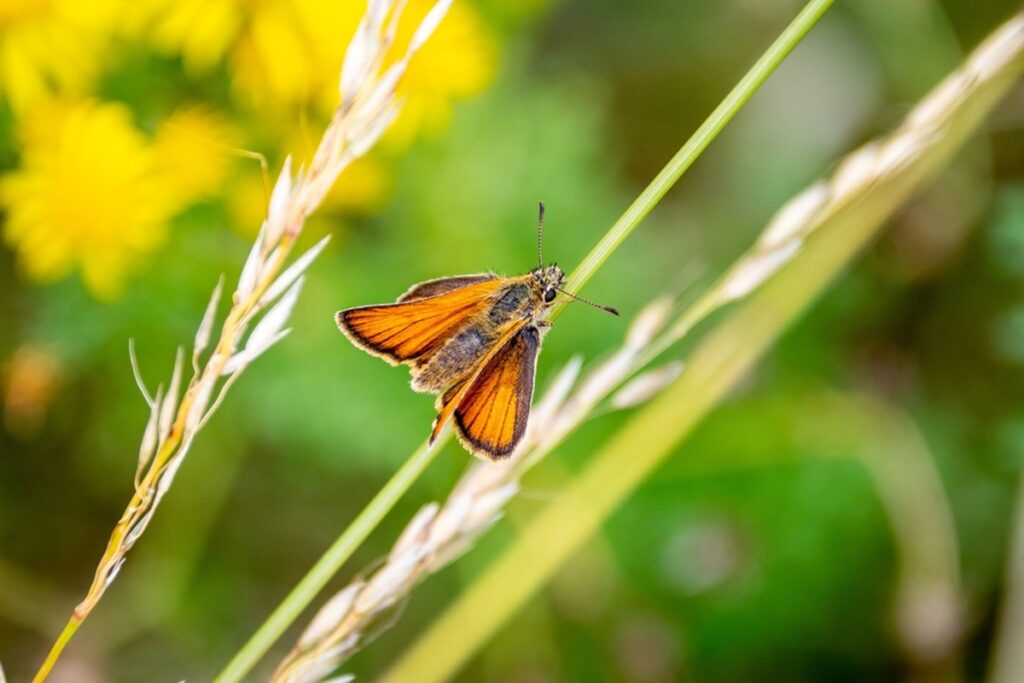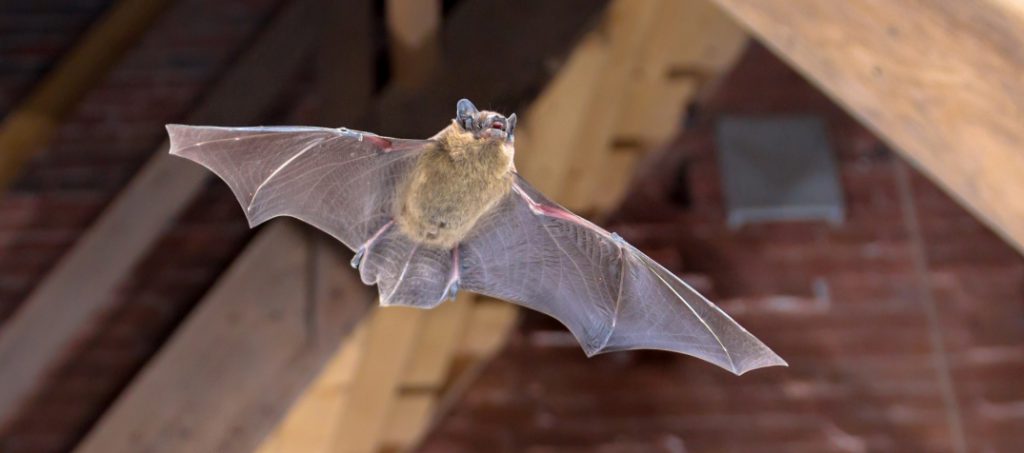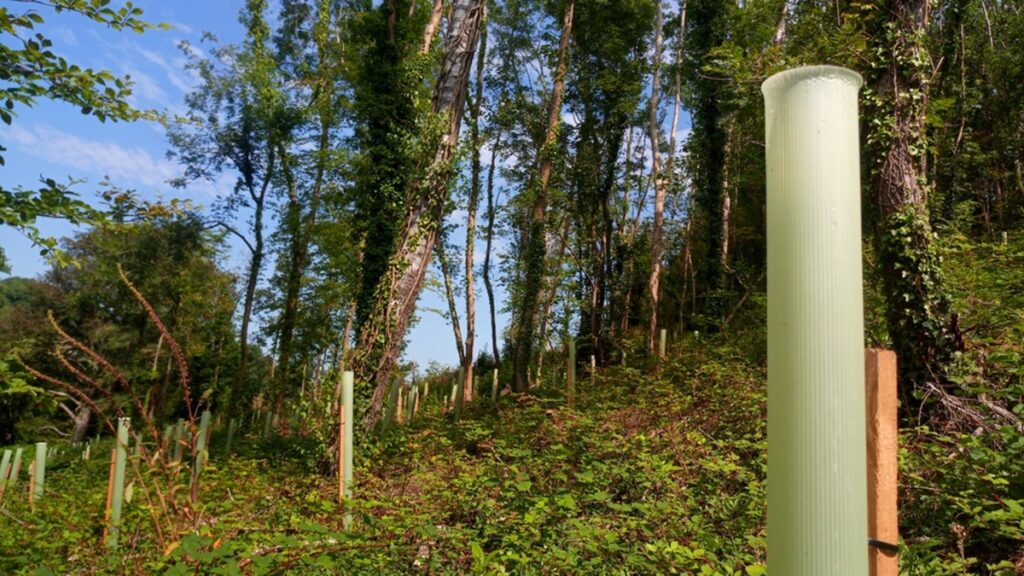Biodiversity Net Gain Wiltshire: Ecology Surveys and BNG Planning
With biodiversity net gain (BNG) now a legal requirement since the Environment Act 2021 attained royal assent, developers across Wiltshire must integrate ecological improvements into their projects. Since February 2024, most applications for planning permission across England must deliver at least a 10% biodiversity net gain, ensuring that new developments leave the natural world in a measurably better state than it was pre development.
A biodiversity net gain report in Wiltshire is essential for meeting these local planning obligations. Using the government’s statutory Biodiversity Metric, ecologists assess the baseline ecological value of a site and compare it to the projected value post development.
If the proposed development falls short of the mandatory 10% net gain, additional measures such as habitat creation or enhancement must be included to achieve bng. Wiltshire Council, alongside the guidance provided by Natural England and the National Planning Policy Framework, enforces the requirements of biodiversity net gain policy, making early ecological input vital for planning success.

Ecological Features in Wiltshire
Wiltshire is a south west county of exceptional landscapes and rich biodiversity. From the chalk grasslands of Salisbury Plain to the River Avon valleys, ancient woodlands, and hedgerow networks, Wiltshire supports a diverse range of habitats and species. The county is home to protected wildlife including bats, otters, water voles, great crested newts, and barn owls, all of which may be impacted by development projects.
Because of these ecological sensitivities, any biodiversity net gain plan in Wiltshire must carefully consider existing habitats and opportunities for restoration. Many parts of the county are covered by important habitats in Sites of Special Scientific Interest, Special Areas of Conservation, and local nature reserves.
Developers must work in line with these designations and with Wiltshire’s Local Nature Recovery Strategy, which prioritises protecting and reconnecting habitats to minimise biodiversity loss.

Preparing a Biodiversity Net Gain Assessment
The first step towards compliance is commissioning a biodiversity net gain assessment in Wiltshire from a qualified ecologist. This begins with a baseline habitat survey of the proposed development site, mapping and classifying habitats and assessing their current state under the Biodiversity Metric.
The pre development results are then compared with the post development scenario, including any landscaping, habitat creation, or ecological enhancements built into the design. Where there is a net loss of biodiversity, additional measures are recommended, such as planting native trees, creating wildflower meadows, or restoring wetlands.
Protected wildlife surveys may also be required depending on site conditions and the potential impact of a scheme, to ensure that development complies with both biodiversity net gain requirements and nature legislation.
On-Site and Off-Site Biodiversity Net Gain in Wiltshire
Where possible, developers in Wiltshire are encouraged to deliver biodiversity net gain within their site to counter the negative impacts of development. On-site measures may include new hedgerows, woodland planting, chalk grassland restoration, or wildlife-friendly sustainable drainage systems.
If delivering the 10% target on-site is not feasible, off-site biodiversity units may be purchased from habitat banks, enabling ecological improvements to take place elsewhere on preferably local sites in Wiltshire. Conservation covenants will be needed to ensure such sites are maintained correctly for the required 30 years and must be administered by a responsible body.
As a last resort, statutory biodiversity credits can be bought from the government, but these are intended only on applicable developments where on-site and off-site options are not viable.

Protected Species Surveys in Wiltshire
Wiltshire’s habitats are home to a wide range of protected wildlife. Great crested newts, bats, badgers, otters, water voles, and barn owls are commonly found across the county. Development projects often require additional surveys to ensure legal compliance and to align with the mitigation hierarchy of avoid, minimise, and compensate.
By integrating these surveys with the bng assessment, developers can streamline the planning process while ensuring robust ecological protection.
The Biodiversity Gain Plan
A biodiversity net gain bng plan in Wiltshire provides a detailed roadmap for meeting the statutory 10% net gain target. It sets out baseline biodiversity values, proposed habitat creation and enhancement, and monitoring requirements to ensure ecological improvements are maintained for at least 30 years.
Wiltshire’s local planning authority will require clear evidence that the mitigation hierarchy has been applied and that the development contributes to wider ecological priorities.

Professional Support for Biodiversity Net Gain
Our consultancy provides specialist support for biodiversity net gain in Wiltshire, preparing BNG assessments and reports tailored to sites across the county. We manage the full process, from initial surveys and metric calculations to detailed biodiversity net gain plans, ensuring applications for new development meet all statutory requirements, including sustainable development benchmarks.
In addition, we carry out all protected wildlife and ecological surveys needed to support planning submissions. We work with major development projects, large and small businesses, landscape architects, planners and individual homeowners across Wiltshire, working to good practice principles to help projects proceed smoothly while meeting biodiversity net gain obligations.
Request a Free Quote for Biodiversity Net Gain
If your planning application requires a biodiversity net gain bng assessment in Wiltshire, contact us today for a free quote using our online form or use the telephone number on this page.
We will ask for some details about your scheme including the site address. If you decide to proceed with our quote, we will arrange a site visit and start your biodiversity net gain plan in Wiltshire.
Whether you are a major developer, commercial client, or private landowner, our experienced ecologists will deliver a clear, compliant plan that meets Environment Act 2021 requirements and satisfies local authorities’ planning conditions.
By working with our experienced team from the outset, you will not only meet legislative requirements and achieve bng, but also ensure long-term ecological benefits for the natural world in Wiltshire.